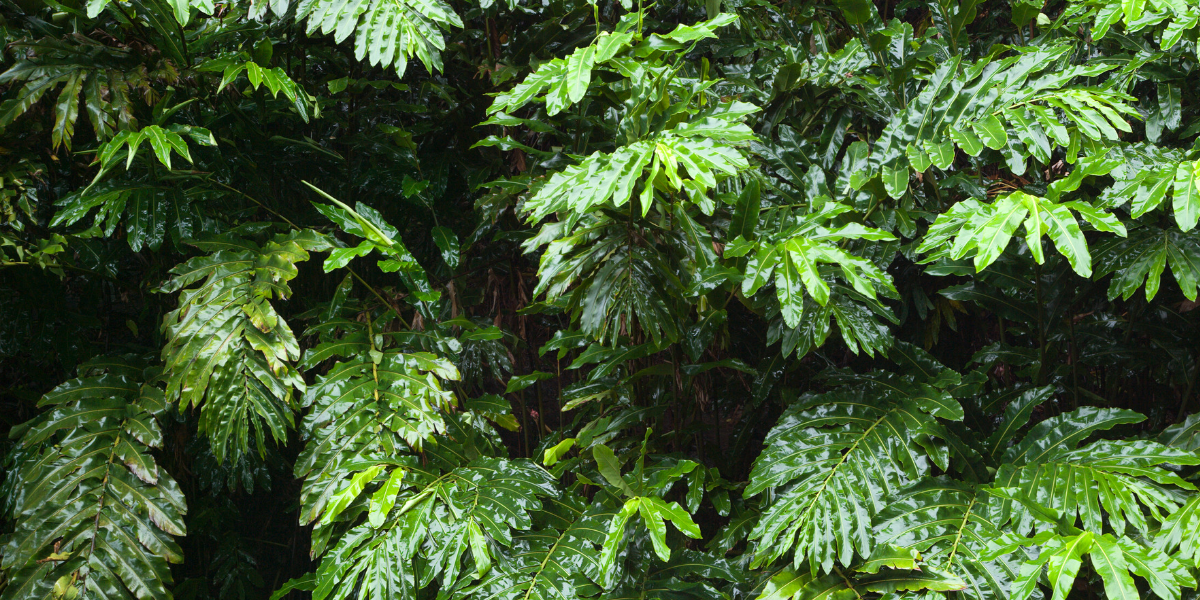Pharmac proposes to commence FreeStyle Libre 2 subsidy for people living with type 1 diabetes! Read more
 Menu
Menu
20 May 2019

Cells are the building blocks of all living things – but not all things were created equal. The cellular composition and structure of different types of matter are distinct, which plays a fundamental role in the diversity of life. It also poses unique challenges to researchers attempting to extract DNA from organic tissues. DNA isolation from plants, for example, is notoriously difficult.
There are three primary reasons why DNA isolation from plants can be problematic. Firstly, the tough cell wall surrounding the cytoplasmic membrane makes many plant cells difficult to lyse. Secondly, homogenized plant samples often contain extraneous contaminating matter like polyphenols and polysaccharides from the broken-down cell wall, which can skew results if not eliminated from the extraction process. Thirdly, there is a vast range of plant species available, each with unique physical characteristics requiring consideration during DNA isolation.
In this article, we’ll discuss some of the unique challenges and outline the key principles of DNA isolation from plants.
Cell Lysis in Plant DNA Isolation
Cell lysis is the process of breaking down a cell membrane to expose the cytoplasm within. Unlike mammalian cells, plant cells are reinforced with a semipermeable wall that surrounds the entire cell. They’re comprised mainly of cellulose; linear polymers that aggregate into tough structures. These structures provide a measure of tensile strength to the cell while protecting against a range of mechanical and natural phenomena, restricting damaging molecules like pathogens from contaminating the cell.
The needs of plant cells are unique. They must be able to withstand strong internal hydrostatic pressures (turgor pressure) to remain upright and keep their shape. They also protect against osmotic stress, preventing water loss that can cause wilting or water ingress that would cause the cell to rupture.
These intrinsic features pose challenges for DNA isolation because to expose DNA within the cell, the robust cell wall must first be removed, and the cell membrane ruptured. A common methodology employed in DNA extraction from plants involves flash freezing plant tissue with liquid nitrogen and mechanically grinding the sample as quickly as possible to avoid warming it up. This has two purposes. The first is to mechanically lyse the sample, and the second is to keep temperatures down to prevent the activation of endogenous nucleases that would otherwise degrade the DNA you are looking to isolate.
DNA Extraction and Plant Contaminants
Physical removal of the cell wall is essential for DNA isolation from plants, but it can result in the proliferation of contaminants through the sample. Generally, large contaminants such as cellular debris are removed from samples by separating them via centrifugation and extracting the supernatant. However, small contaminants such as polyphenols, polysaccharides, and tannins may still be present which can significantly alter the findings of tests through downstream inhibition.
The solution to this is to utilize a combination of DNA extraction buffers designed to break down persistent chemicals and preserve the integrity of results. Among the most well-known compounds for extracting a good genomic DNA yield with a low impurity concentration is cetyltrimethylammonium bromide (CTAB), a cationic detergent, which can be mixed with sample matter prior to the second round of homogenization.
DNA Isolation from Plants: Plethora of Protocols
We’ve touched on two key principles of DNA isolation from plants by referring to the various compounds and methods available for sample preparation. The third principle is more general. There are myriad methods available online for DNA extraction from a vast range of plant species. Different plant species will require different techniques for DNA extraction, so it’s important to do your research and find a protocol that will work for your sample. A quick search online details a dense source of literature about DNA isolation from cereals like rice, pine needles, wheat, and corn – even the most recalcitrant plants like rose.
Many of these methods detail ways to break down the cell wall and remove impurities from homogenized plant samples using common laboratory chemicals, yet these yield varying results in terms of quality and the amount of extracted DNA. An ideal way to simplify and improve your DNA isolation from plants is to utilize a ready-to-go DNA extraction kit that guarantees higher yields and sample quality than alternative methods.
DNA Isolation from Plants with Mediray
At Mediray, we offer the Macherey-Nagel portfolio for rapid isolation of genomic DNA from even the hardiest plant samples with high yield and purity when paired with our hard-to-lyse beads. Our plant DNA extraction kits employ either silica spin column or magnetic bead-based technologies and are available at varying throughputs so you can find a kit that works best for your downstream needs.
If you would like to learn more about performing DNA isolation from plants with Mediray products, simply contact a member of the team today.
If you enjoyed reading our articles, why not sign up to our blog mailing list? You'll get new articles straight to your inbox as they're released!